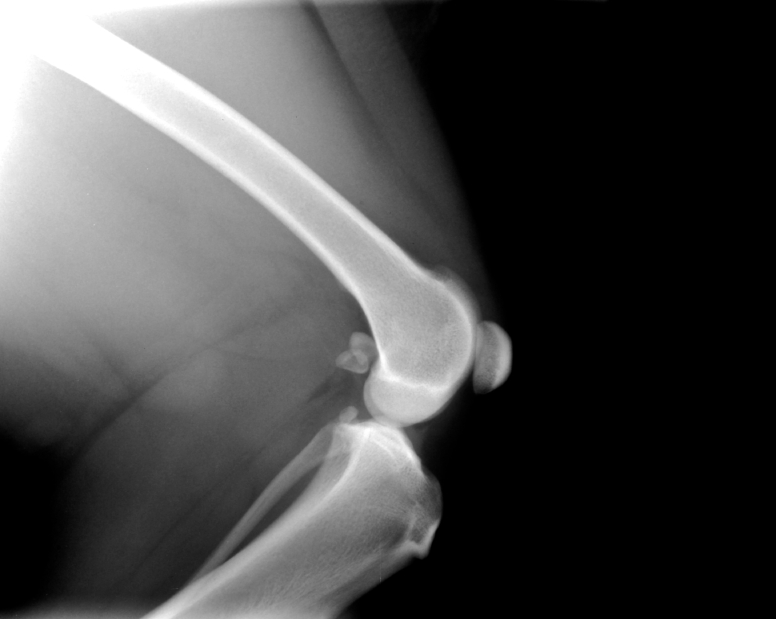The Cruciate Ligament In Dogs Can Be Seriously Injured
I anticipate closing this website and completing a full transition to my substack account by the end of the year. Please sign up for the substack newsletter if you wish to stay informed about things going on at Yankee Shelties.
Let’s take this one step at a time. First, what is a ligament? It is a band of soft tissue that holds bone to bone. (Tendons, on the other hand, connect muscle to bone). It provides the stability needed when joints move, such as the “knee joint” of a dog.
Cruciate ligaments are in the knee joint of a dog. There are two. One is the cranial (as in “closer to the head”), also called the anterior cruciate ligament in dogs. The second is the caudal (as in “closer to the tail”).
They allow the femur (thigh bone) and the tibia (shin bone) to move smoothly without rubbing against each other.
If the bones were to rub, it would cause wearing down of the bones at the point of contact over time.
When there is an injury to a cruciate ligament in dogs, it causes a variety of symptoms.
Usually,there is:
- sudden lameness,
- inability to bear weight on that back leg,
- a symptom called the “drawer sign” which is one way vets determine the cause of lameness or
- sitting with the injured leg stretched out.

With one hand holding the femur (hip) and the other hand holding the tibia (shin) close to the joint, the shin is moved forward as if closing a drawer to see if it will in fact move in that manner. If it does, then the ligament has been torn.
What Causes A Tear Of The Cruciate Ligament In Dogs?
There are lots of possibilities:
- Genetics, although there is no definitive study to prove the inheritability of the disease
- Obesity, generally places undue wear and tear on any weight bearing joint and can increase the incidence of injury.
- Sporadic, strenuous sports in relatively unconditioned dogs can cause injury to the cruciate ligaments in dogs for the same reason injuries happen to humans. A strong set of muscles can be more capable of dealing with the stress of sudden movements and changes in direction.
- Age. The older the dog, the greater the possibility of injury if they are active.
- Having a tear in one knee is an indicator of a probable injury in the other knee. This occurs in about 30% of all injured dogs.
The Treatment Can Be Medical Or Surgical
Medical
While the lameness and pain can resolve within one to two months without any treatment, because the two bones can now rub together, chances of bone wear, bone spurs or arthritis years later is possible.
Controversy over the effectiveness of surgery vs. medical treatment muddies the water for owners. Support for both options can easily be found. Certainly less is better when it comes to invasive procedures, but long term results can be difficult to determine until it is too late.
With smaller dogs such as a Sheltie, conservative treatment without surgery is an option. The conventional treatment is anti-inflammatories and rest. Lots of confinement for a long time. Think months, not weeks.
Physical rehab is also part of the medical treatment.
With this conservative treatment, weight must be maintained at a healthy level, sometimes weight loss is called for to minimize the pressure of the two bones rubbing together and wearing down.
Surgical
Different procedures include:
- TPLO Surgery (tibial plateau leveling osteotomy)
- TTA Surgery (tibial tuberosity advancement)
- TTO Surgery (triple tibial osteotomy)
- Tightrope Surgery
- Extra Capsular Suture (traditional repair, extracapsular imbrication)
- Fibular Head Transposition (fibular head transfer)
For more
information on what these surgeries are and a guide to post surgical rehab
check out this surgical vet’s website.